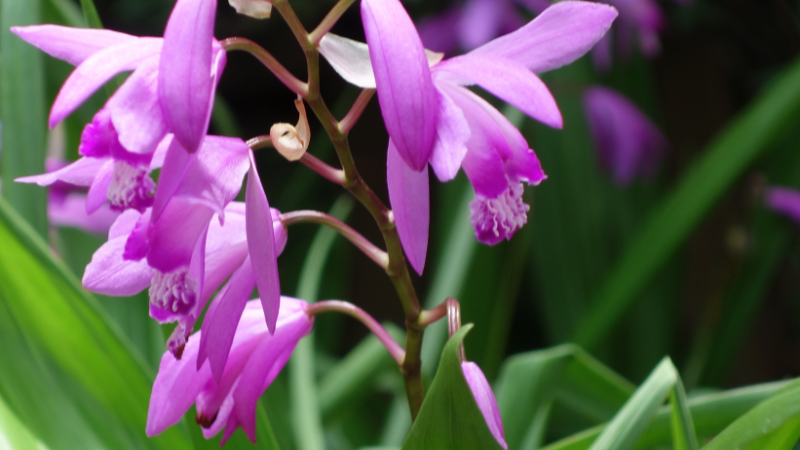Explore Enchanting Front Door Plants: A Guide to Elevate Curb Appeal and Create a Welcoming Entry with Versatile Choices for Sunlit and Shaded Areas in Every Season.
If you reside in a cold climate or enduring harsh winter conditions, consider incorporating blue oat grass into your landscaping for year-round vibrancy. This resilient plant maintains its striking silver-blue hue and thrives in shaded areas regardless of the temperature. Ideal for those who want to explore the realm of decorative and ground-covering grasses, blue oat grass is a reliable choice.
Enhance Your Front Door’s Appeal with Lucky Plants
The front door is a crucial introduction to your home and personal style, making first impressions significant. While a vibrant front door paint color or a witty welcome mat can add charm, front door plants offer an excellent opportunity to infuse personality into your home’s exterior and boost curb appeal. Creating an inviting entry doesn’t have to be an overwhelming task; sometimes, all it takes is a pair of box planters or a cascading vine. Front door plants are easily interchangeable with the changing seasons, providing flexibility in styling.
For front doors that receive ample sunlight, consider selecting a miniature bush, small vegetables, or sun-loving flowers like petunias to welcome guests warmly. Plants such as herbs or aromatic flowers add visual appeal and a delightful fragrance to greet visitors. According to folklore, placing lemon trees and bamboo plants by your front door is believed to bring good luck and abundance. In Chinese culture, gold Chrysanthemums symbolize luck and wealth, making them auspicious choices for a new home.
Whether you favor trailing vines or structured hedges, this guide offers inspiration. Below, we showcase 17 of the best front door plants and tips to ensure their thriving growth.
- Browallia
Browallia is rising in popularity as a substitute for impatiens. This stunning annual features periwinkle blue, white, and violet hues on mounding foliage. Perfect for shady baskets, window boxes, and containers, it reaches about a foot in width and height.
Other varieties: Endless Flirtation, Endless Illumination,
- Sweet Potato Vine
A versatile vining annual that thrives in both sun and shade, the sweet potato vine adds a touch of elegance. With shades ranging from purple and burgundy to chartreuse, this plant looks stunning cascading over container edges and window boxes.
Other varieties: Sweet Caroline Light Green, Tricolor
- Epimedium
Known as bishop’s hat due to its unique flower shape, epimedium flourishes in partial to full shade, blooming from mid to late spring. This perennial is an excellent ground cover for shaded areas, reaching heights between eight and 12 inches and widths of 12 to 36 inches.
Other varieties: Candy Hearts, Orange Queen
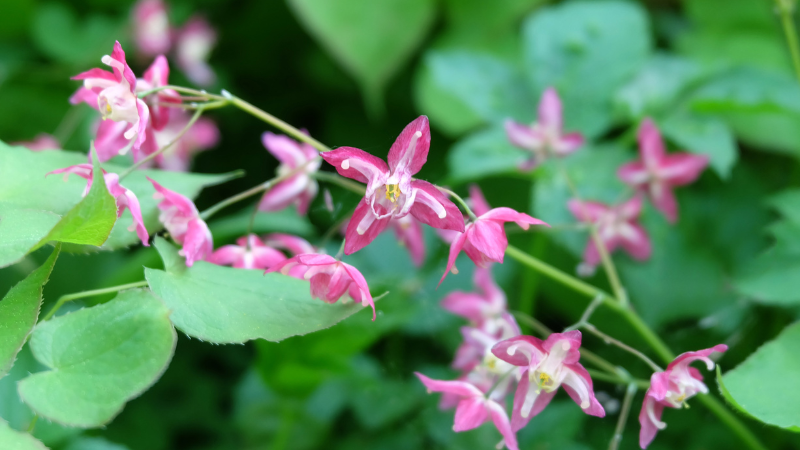
- Spiderwort
Featuring a charming name, this plant blooms in midsummer and prefers moist yet well-drained soil. Its height can range from six inches to 3 feet, depending on the chosen variety.
Other varieties: Sweet Kate, Amethyst Kiss,
- Blue Oat Grass
Blue Oat Grass stands out as an excellent choice for individuals residing in colder climates or enduring harsh winter conditions, offering year-round color and visual appeal. Regardless of the temperature, this grass maintains its captivating silver-blue hue. Additionally, it is resilient to excessive shade, making it an ideal selection for those seeking to explore the realm of decorative and ground-covering grasses.
Other varieties: Saphirsprudel
- Foxglove
Often cultivated as an ornamental plant, Foxglove is a biennial known for its vibrant flowers. While its lively colors attract both people and animals, including essential pollinators like bees, butterflies, and hummingbirds, it’s crucial to note that all parts of the foxglove plant are highly toxic. Despite this, it remains a popular choice for those who appreciate its aesthetic qualities.
Other Varieties: Excelsior, Common, and Camelot Lavender
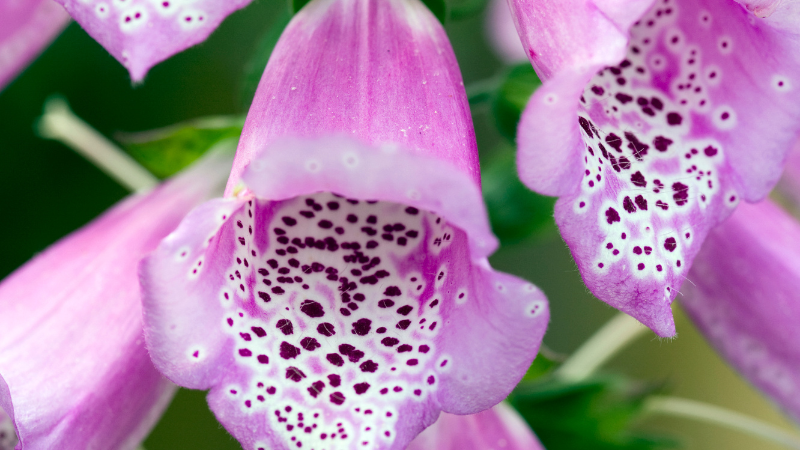
- Viola
Radiating happiness, Viola flowers thrive in full sun during spring and fall but require partial shade in the summer. Although they may recede in hot weather, these annuals often revive when temperatures cool down. Some types even self-seed, making a delightful reappearance in the following spring.
Other varieties: King Henry. Johnny Jump-Up
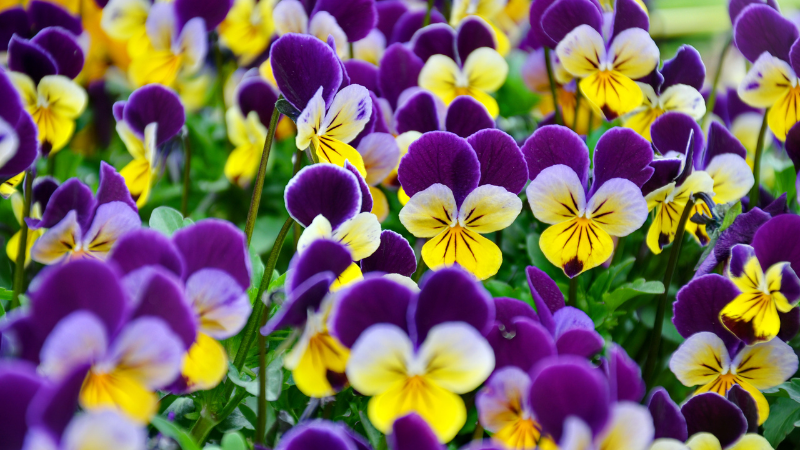
- Primrose
Known for their hardiness and vibrant colors, primrose flowers are beloved by gardeners nationwide for their ability to flourish in both hot and cold climates. While they appreciate morning sun exposure, they thrive best in partial to full shade.
Other varieties: Blue Horizon, Wanda
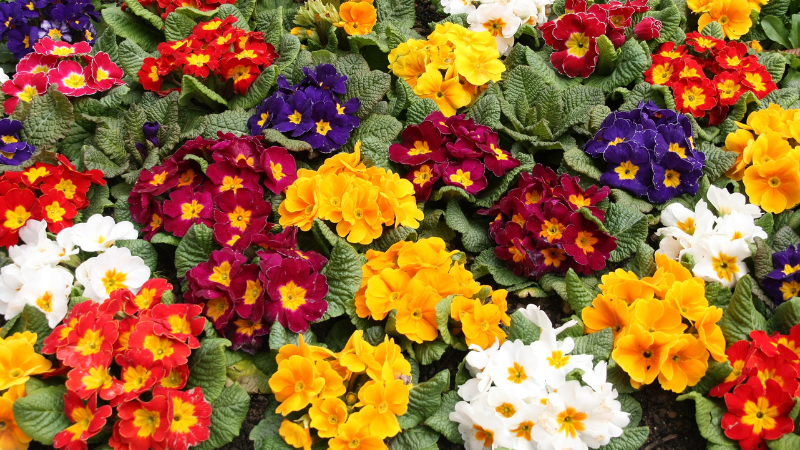
- Hosta
Hostas come in various sizes, from a petite four inches to an impressive six feet across, making them excellent for introducing texture and greenery to your garden. However, be mindful that these perennials are favorites of deer and rabbits. If these creatures frequent your garden, consider planting alternative, less appealing options.
Other varieties: Shadowland Empress Wu, Mouse Ears
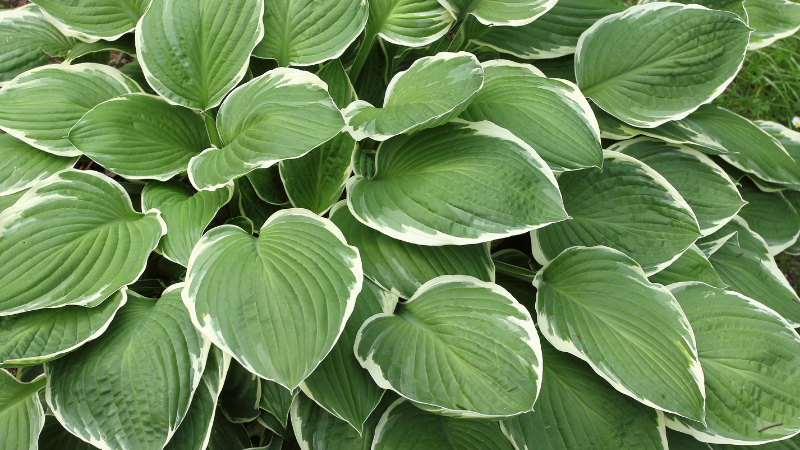
- Begonia
Adaptable to various conditions, including full shade, Begonias are versatile plants. Depending on the variety, they can range from six inches to three feet tall and six to 18 inches wide. Some varieties are cultivated primarily for their striking variegated foliage. While most Begonias are considered annuals, they offer a wide array of choices for gardeners.
Other varieties: Cane, Wax, Angel-Wing
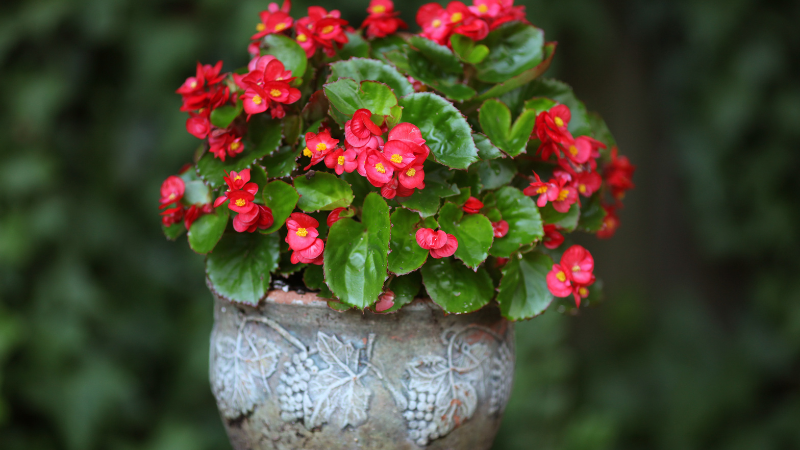
- Heuchera
Heuchera, commonly known as coral bells, stands out as one of the most adaptable perennials suitable for any garden. Its diverse varieties thrive in various light conditions, spanning from full sun to full shade. To ensure you select the right type, be sure to read the tag carefully when making your purchase. While it produces modest flower spikes in midsummer, Heuchera is primarily cultivated for its eye-catching foliage, which showcases a spectrum of colors from chartreuse to purple-black. This perennial is a dynamic addition to any garden with a height spanning one to two feet and a width of six to 30 inches.
Other varieties: Wild Berry, Appletini
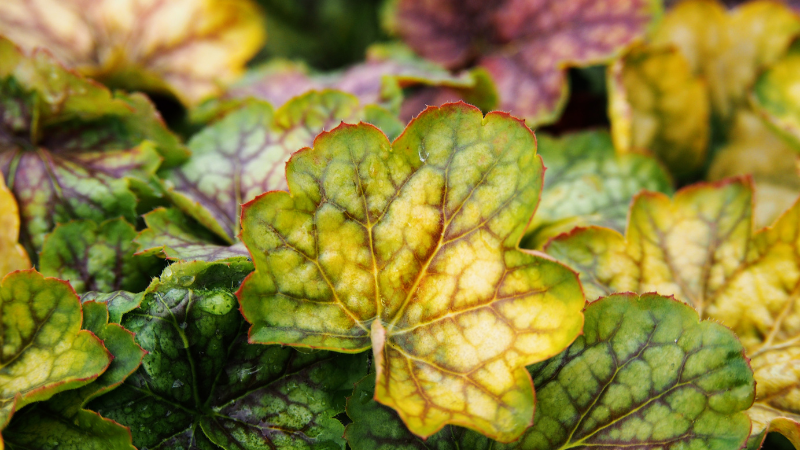
- Ligularia
Ligularia, often called the leopard plant, boasts large, striking leaves and vibrant flowers in varying shades of yellow. This shade-loving perennial thrives particularly well in boggy or wet conditions. Its size can range from three to eight feet in height and two to four feet in width.
Other varieties: Banana, King Kong, The Rocket,
- Brunnera
Frequently employed as a ground cover, Brunnera is a perennial known for its dainty blue flowers that blossom in the spring. Its attractive heart-shaped foliage, adorned with white variegation, makes it a delightful shade plant whether in bloom or not.
Other choices: Jack’s Frost, Silver Heart, Alexander’s Great
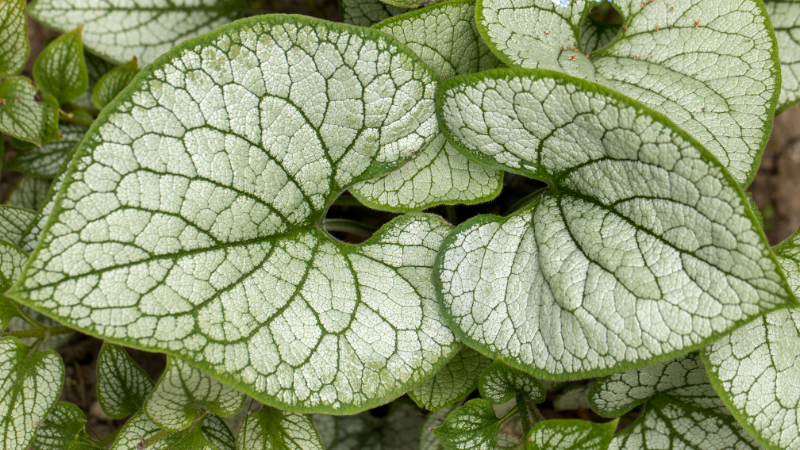
- Bleeding Heart
Affectionately named bleeding hearts, these charming perennials are essential for any shade garden. Depending on the specific variety, they can reach heights between six inches and three feet, with a width ranging from one to three feet.
Other choices: Valentine, King of Hearts, Aurora
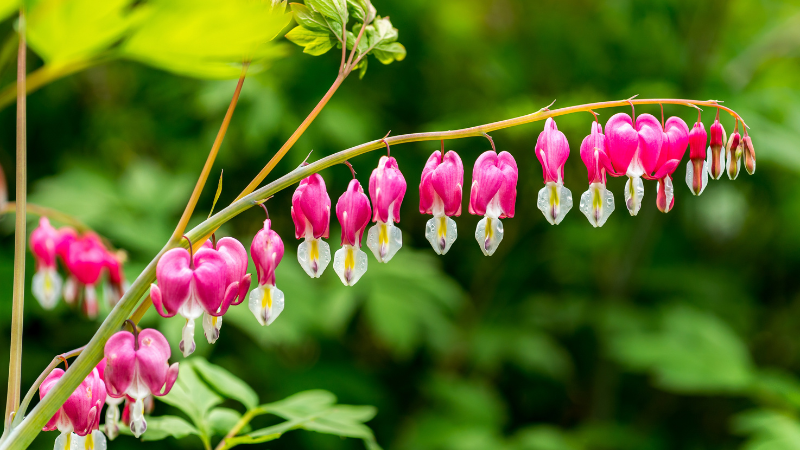
- Hellebore
The exquisite Hellebore, often mistaken for its delicate appearance, is surprisingly resilient. Commonly known as the Lenten rose, it blooms from late winter to early spring, coinciding with the time of Lent. Available in an array of colors, from pure white to deep pinks and nearly black, Hellebore can grow between one and three feet in height and width.
Other choices: Painted Doubles, Wedding Party Maid of Honor
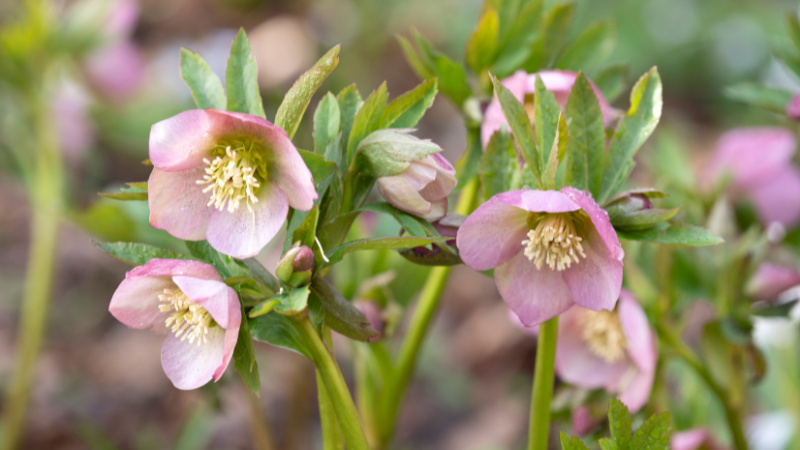
- Astilbe
Astilbe thrives in shaded areas, ensuring its elegant flower plumes remain unscathed by the sun’s harsh rays. Plant this perennial in clusters alongside other spring-flowering shade companions like ferns and hellebores for maximum visual impact. Astilbe comes in various shades, including pale pink, creamy white, and the vivid pink featured here.
Other choices: Younique Carmine, Rise and Shine
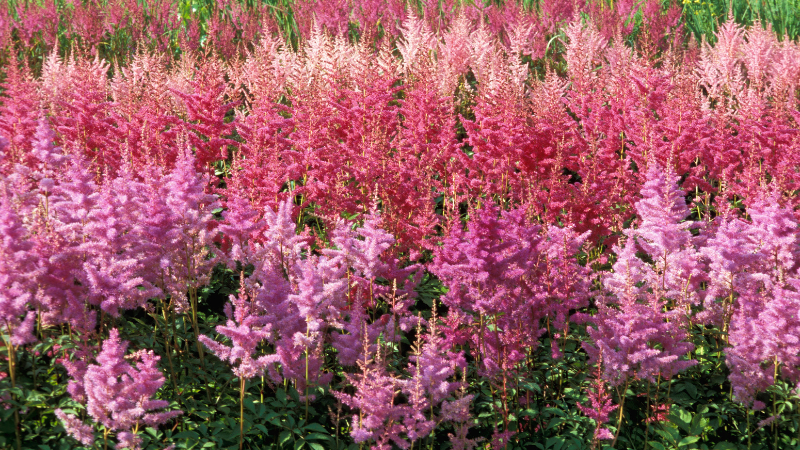
- Bletilla
Also known as the Chinese ground orchid, Bletilla is a stunning and low-maintenance addition to any garden. For optimal appearance, shield these plants from the intense afternoon sun. Plant the bulbs in the preceding fall to enjoy their spring blooms. Bletilla typically grows between one and three feet tall and six to twelve inches wide.
Other choices: Striata, Pink
